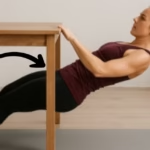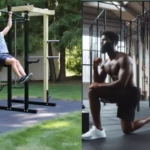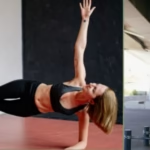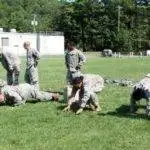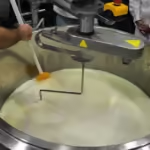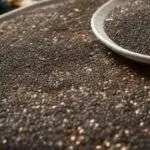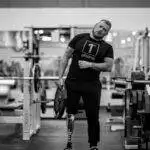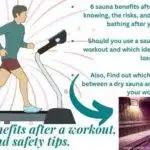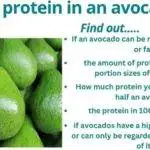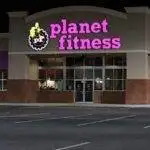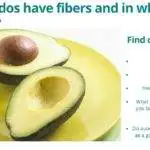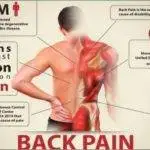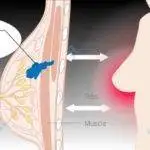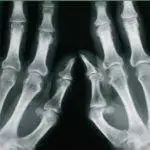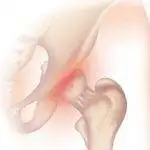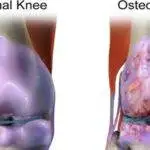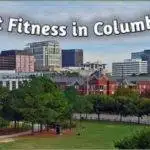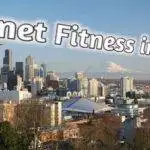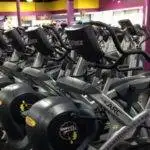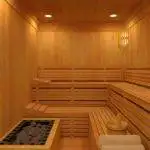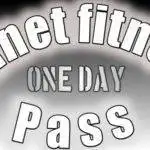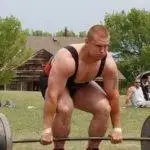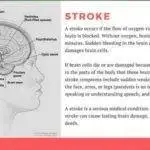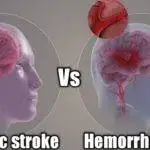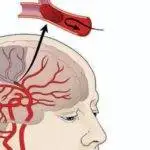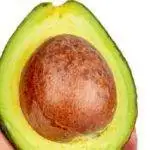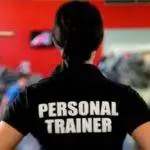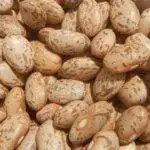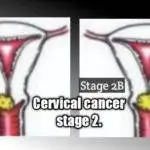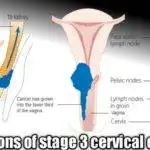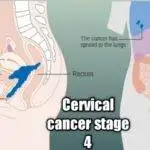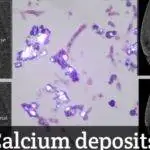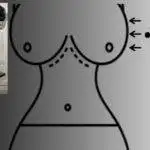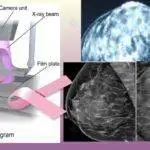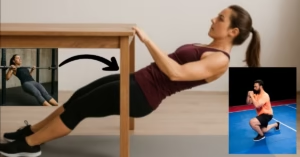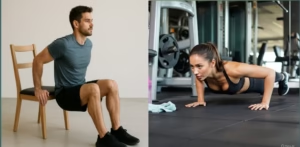
Table of Contents
Calisthenics diverges from traditional weight training by focusing on functional movements and improving body composition through dynamic exercises that promote muscle engagement across various muscle groups.
Research has proven its positive impact on physiological and health-related fitness parameters or metrics.1 It has been proven in another study that it reduces the age-related drop in physical fitness in the long term.2
In particular, calisthenics exercises for abs have gained popularity due to their ability to build core stability while reducing belly fat, leading to a firmer torso and a more athletic build.
The primary advantage of calisthenics lies in its accessibility. Exercises like planks, leg raises, and mountain climbers can be done anywhere and require minimal equipment. This means individuals can work towards developing their core strength and achieving six-pack abs, without expensive gym memberships.
Moreover, these movements can significantly enhance muscle strength while minimizing the risk of injury, particularly when compared to weighted exercises that may exacerbate conditions like back pain or lead to muscle strain if not performed correctly.
An often-overlooked aspect of a strong core is how it prevents injuries, particularly for those susceptible to issues like disc bulges or herniation. As individuals engage in calisthenics for abs, they not only refine their body image but also cultivate core strength necessary for everyday activities.
This emphasis on body weight exercises aids in promoting fat loss objectives while ensuring that the abdominal workouts remain aligned with personal health and fitness goals. The strong connection between core stability, functional strength, and athletic performance becomes increasingly evident as practitioners advance in their calisthenics routines.
Keep in touch by signing up for our newsletter:
Calisthenics abs workouts.
By focusing on abs building and firm torso development, various exercises can be structured into increasingly intense and complex regimens tailored to individual fitness levels.
One foundational calisthenics routine for abs involves the classic plank variations. For beginners, starting with a standard plank for 30 seconds can lay a solid foundation. As core strength increases, one can transition to side planks and plank toe taps, incrementally increasing the duration and repetitions.
For those looking to maintain an athletic build while preventing injuries, incorporating dynamic movements like mountain climbers and burpees can also enhance cardiovascular endurance.
Moreover, to protect against issues such as herniation and back pain, focusing on proper form and technique is crucial. Using a progression strategy can also ensure a lower risk of strains and injuries, allowing individuals to safely advance through their abs routines.
For beginners.
Calisthenics exercises present an accessible avenue for individuals looking to enhance their core strength and build a firm torso, particularly for beginners with limited experience.
Focusing on foundational exercises is essential for establishing proper form and technique, which ultimately supports abs building and fat loss while reducing belly fat and addressing issues such as weak abdominals and back pain.
One effective exercise is the hollow body hold. To perform this, lie on your back and engage your abdominal muscles to flatten your lower back against the ground. Lift your arms and legs off the floor while ensuring your core remains engaged. Hold this position for a set period, gradually increasing the duration as your core stability improves.
Another beginner-friendly calisthenics exercise is the plank, which not only builds muscle strength in your core but also enhances overall body composition. Begin in a push-up position while supporting yourself with your forearms and toes, keeping your body straight from head to heels.
Engage your abdominal muscles and maintain this position, striving for longer holds as you progress. This exercise is crucial for developing core strength, improving posture, and preventing injuries, such as disc bulges and strains.
As a beginner, it’s essential to listen to your body. If you encounter muscle pain or strain, take a step back to reassess your form. Understanding your limits will aid in injury prevention and allow for a sustainable progression in your calisthenics journey.
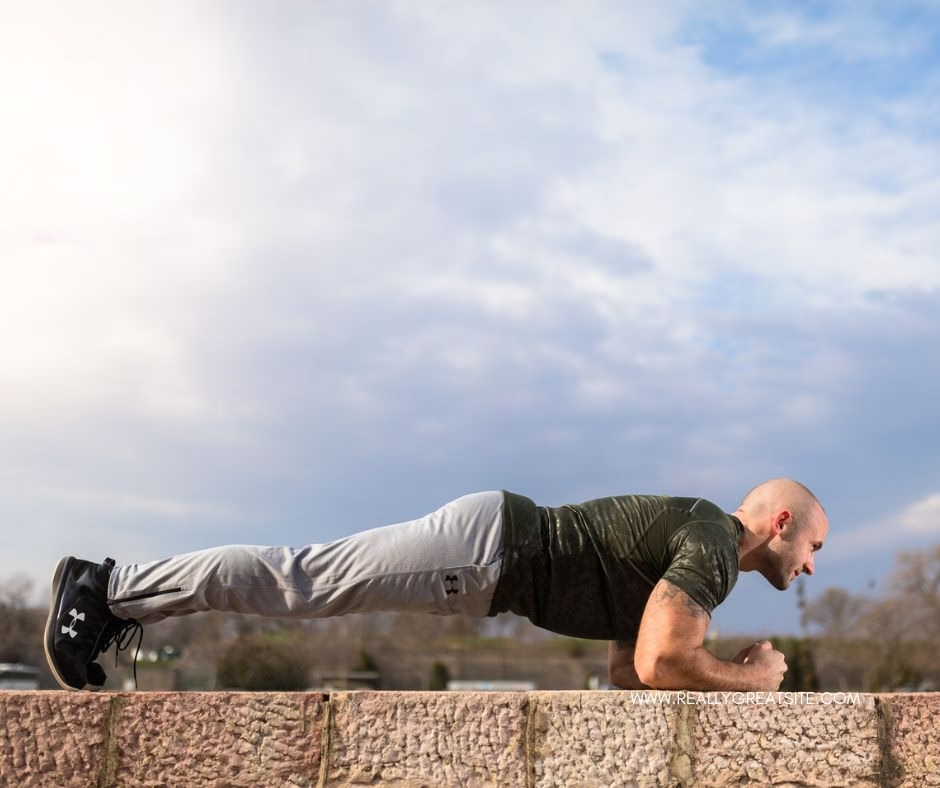
For Advanced enthusiasts
For those who have established a solid foundation in calisthenics and seek to advance their practice, incorporating challenging exercises that enhance core stability and strength is essential.
Engaging in advanced ab-building movements not only fosters core strength but also significantly aids in belly fat reduction and improving body composition. By pushing the boundaries of your core workouts, you can develop a firm torso and achieve six-pack visibility while ensuring athletic build and ripped muscles.
Dynamic movements, such as the muscle-up, require rigorous control and profound understanding of body mechanics. This exercise engages the core with intensity, demanding both horizontal and vertical pulling strength, thus enhancing overall muscle strength and establishing strong connections between the upper and lower body.
Another excellent advanced exercise is the planche, which necessitates exceptional balance and a high level of core engagement. These exercises not only improve muscle strength but also effectively target weak abdominals.
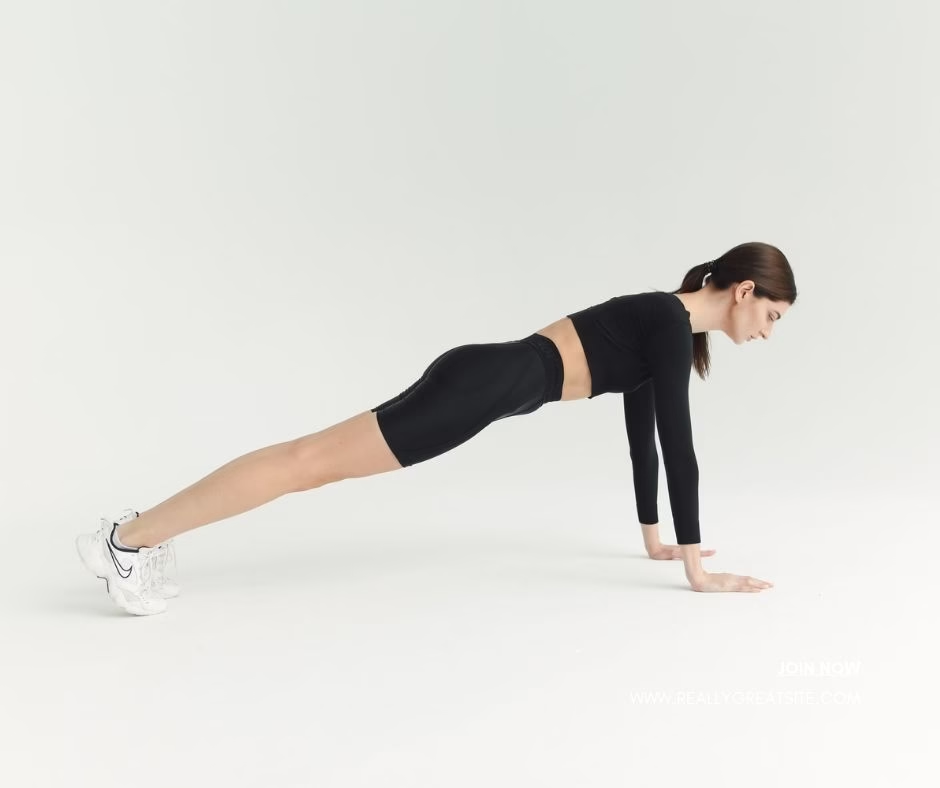
Moreover, variations of traditional exercises, such as dragon flags or front lever transfers, introduce complexity that challenges your core in new ways. For instance, incorporating instability elements by using resistance bands or gymnastic rings can increase the intensity.
Research suggests a long-term positive cardiovascular effect of higher intensity calisthenics exercises on hypertension.3 As you explore these advanced calisthenics exercises, aim to balance engagement with safety to sustain progression and combat potential plateaus in your training journey.
Advancement may often mean using weights for core training for added challenge, as shown in the image below.
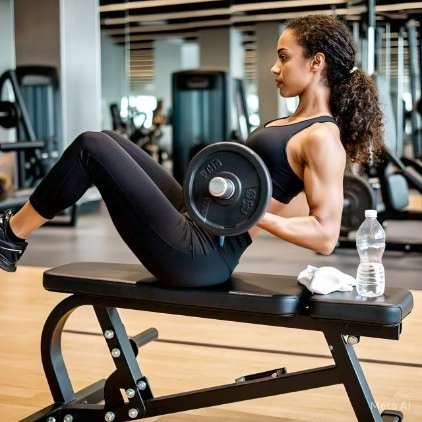
Calisthenics abs workout without equipment.
Calisthenics exercises provide an excellent means for building abs without the need for equipment. This section highlights various exercises tailored to strengthen the abdominal region, promote fat loss, and contribute to improved body composition.
A fundamental exercise is the plank. Begin in a prone position and elevate your body using your forearms and toes, keeping your back straight and core engaged as described earlier. Hold this position for as long as possible, aiming for increments that challenge your endurance.
Planking not only aids in fat burn but also enhances core stability, crucial in preventing injuries such as disc bulge and herniation, as we mentioned above, and is mostly done without calisthenics equipment.
Another effective bodyweight exercise is the mountain climber. Position yourself in a plank stance, then alternate driving your knees toward your chest in a rapid motion like you do while performing Navy Seal burpees. This dynamic movement targets the weak abdominals, promoting belly fat reduction while engaging multiple muscle groups.
The flutter kick is an excellent choice for those seeking to sculpt a firm torso. Lie on your back with your hands under your glutes to support your lower back. Lift your legs slightly off the ground and alternate kicking them in a fluttering motion.
This exercise engages the entire abdominal wall, enhancing muscle strength and supporting the development of six packs. However, don’t expect such defined muscles as you would expect by using external weights, as discussed in a previous article titled calisthenics vs weights for hypertrophy.
Additionally, the V-up is a challenging move that combines both a crunch and a leg lift. Start by lying flat on your back, extend your arms overhead, and as you lift your upper body, simultaneously raise your legs while reaching your hands towards your toes.
This motion effectively strengthens your core while contributing to muscle definition and athletic build, but don’t do this if you already have intervertebral disc degeneration.
Each of these exercises can be modified to suit varying skill levels, ensuring that beginners can build towards advanced movements without risking muscle strain or injury. Focus on mastering your form and technique, as this is essential in achieving your fitness goals, whether they be for aesthetic purposes or functional strength.
Calisthenics abs workout at home.
Calisthenics exercises provide an effective means to achieve abs building and belly fat reduction in the comfort of your own home. To begin, it is essential to designate a suitable workout space that is free from distractions and equipped with a non-slip surface.
Ideally, this space should allow enough freedom of movement for various exercises. Having a mat can enhance comfort during floor exercises while also supporting core stability.
For a well-rounded workout focused on developing strong, ripped muscles in the abdominal region, consider integrating a structured plan that includes a mix of exercises targeting both the upper and lower abdominals.
A simple yet effective routine may include exercises such as planks, leg raises, and mountain climbers. Furthermore, variations of planking can be practiced to cater to your core strength and stability, such as side planks or elevated planks, which can aid in injury prevention through the strengthening of the internal and external oblique muscles.


Should you have limited space or need adjustments based on your fitness level, modifications are readily available. For instance, performing knee tucks instead of full leg raises can reduce intensity, making the workout more manageable for those with weak abdominals or novice fitness levels.
It is important to incorporate a warm-up to prepare your muscles and prevent injuries. Always listen to your body, particularly if you have pre-existing conditions like disc prolapse or back pain, as caution is necessary when engaging in any physical activity.
Regularly practicing these calisthenics ab workouts can significantly contribute to developing a firm torso and athletic build over time.
Can you get a six-pack from calisthenics?
The pursuit of a well-defined six-pack is a common fitness goal among many individuals. Calisthenics, which focuses on bodyweight exercises, can indeed aid in developing strong abdominals and fostering core stability.
However, achieving visible abs, or the coveted six-pack, is heavily influenced by several factors, primarily body fat percentage and overall nutrition. To unveil a toned abdomen requires not just targeted core exercises but also a commitment to fat loss and belly fat reduction strategies through a balanced diet and regular cardiovascular workouts.
Calisthenic exercises such as planks, leg raises, and hollow holds are instrumental in building muscle strength in the core. These movements enhance core strength, promoting not only a firm torso but also improved athletic build across all muscle groups.
As these exercises engage stabilizing muscles, they can effectively contribute to a well-rounded body composition, and with consistency, six-pack abs are achieved through these calisthenics exercises.
The journey to a six-pack is multifaceted, integrating training and healthy living. Ultimately, while calisthenics can effectively contribute to developing strong, defined abs, achieving visible results requires a holistic approach that combines exercise, nutrition, and an understanding of personal body composition.
Best calisthenics exercises for abs.
Calisthenics exercises for abs are an effective way to target the abdominal area, enhancing your overall body composition while promoting belly fat reduction. One of the most effective exercises is the plank, as mentioned earlier. This move engages the entire core, promoting core stability while helping to reduce the risk of back pain and injury.
Another valuable exercise is the hanging leg raise, which targets the lower abs and aids in building ripped muscles. Ripped muscles development by this means translates to building six packs as discussed in an earlier section above.

The mountain climber is another dynamic exercise that promotes fat burn while enhancing core strength. You may also consider the Russian twist. By sitting on the ground with your knees bent and leaning slightly back, rotate your torso from side to side, engaging your oblique muscles.
Russian twists help in achieving balanced muscle strength across your abdominals and are effective for reducing fat in the waist area.
Incorporating variations of these exercises, such as using a medicine ball for added resistance or modifying the plank for advanced stability challenges, can further enhance the effectiveness of your abs-building regimen.
Regularly practicing these calisthenics movements will not only refine your core but will also improve muscle strength, reduce the risk of hernias, and prevent injuries, disc prolapse, or muscle strains.
This is where we’ll draw the curtain on this topic. You may also be interested in seeing the comparison of calisthenics with and without weights on longevity, plus the physical and health benefits of calisthenics back workouts.
References.
- Prasad, A., & Saini, A. (2024). Impact of a specific calisthenics conditioning program on physiological and health-related fitness parameters of sedentary adults. INDIAN JOURNAL OF PHYSIOLOGY AND ALLIED SCIENCES, 76(02), 39–43. https://doi.org/10.55184/ijpas.v76i02.260 ↩︎
- Colakoglu, F. (2008). The effect of callisthenic exercise on physical fitness values of sedentary women. Science & Sports, 23(6), 306-309. https://doi.org/10.1016/j.scispo.2008.06.002 ↩︎
- Akerman, A. P., Lucas, S. J., Katare, R., & Cotter, J. D. (2017). Heat and Dehydration Additively Enhance Cardiovascular Outcomes following Orthostatically-Stressful Calisthenics Exercise. Frontiers in Physiology, 8, 280747. https://doi.org/10.3389/fphys.2017.00756 ↩︎

